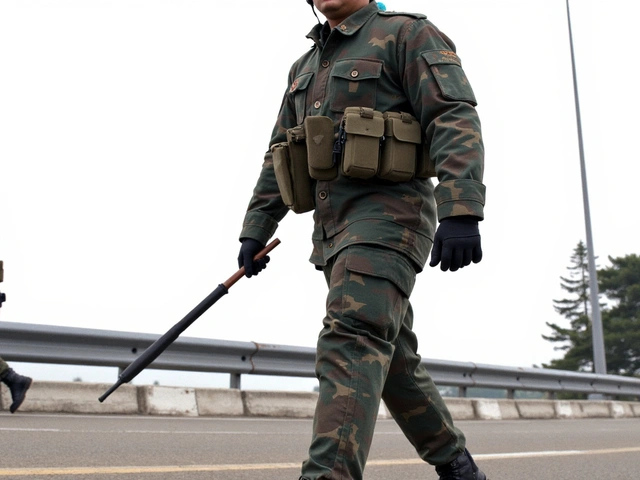Ankle Injury: Quick Guide to Recovery and Prevention
Twisted your ankle playing footy or just walking down the street? You’re not alone – ankle injuries are among the most common hurts. The good news is most sprains heal well if you give them the right care from day one. Below you’ll find straightforward steps to ease pain, get back on your feet faster and keep the same mistake from happening again.
Immediate Care: What to Do Right After the Sprain
First thing – stop moving the joint and sit down. Apply the RICE method: Rest, Ice, Compression, Elevation. Rest means no running or jumping for at least 24‑48 hours. Ice the spot for 15‑20 minutes every two hours; this cuts swelling and numbs the pain. Wrap the ankle with an elastic bandage, but not so tight that it cuts off circulation. Finally, prop the foot up on a pillow to reduce fluid buildup.
If you notice severe bruising, inability to bear weight, or the ankle looks deformed, call a health professional. Those signs can mean a fracture or a high‑grade sprain that needs a doctor’s eye.
Long‑Term Rehab: Getting Strength Back
Once swelling fades, start gentle movement. Simple ankle circles and toe raises are safe for the first few days. After a week, add calf stretches and the “alphabet” exercise – use your big toe to draw letters in the air. These motions restore range of motion without overloading the ligaments.
Strength work comes next. Use a resistance band to pull the foot inward, outward, and upward. Do three sets of ten reps each, three times a week. Balance drills, like standing on one foot for 30 seconds, improve proprioception and lower the chance of re‑injury. If you have access to a wobble board, use it for short 5‑minute sessions.
Remember to progress gradually. Jumping, sprinting or heavy lifting should only return when you can do light drills pain‑free for a few days. Listening to your body is key – a little discomfort is normal, sharp pain is not.
Preventing Future Sprains
Most ankle twists happen because the joint is weak or the foot lands on an uneven surface. Wearing shoes with good ankle support, especially for sports, makes a big difference. Warm‑up properly: spend five minutes doing light cardio, then mobilize the ankles with the circles and alphabet moves above.
Strengthen the whole lower leg, not just the ankle. Calf raises, toe curls and foot domes (pressing the foot’s arch into the floor) create a stable base. If you’re a runner, consider adding hill work or trail runs to teach the ankle to adapt to varied terrain.
Finally, keep an eye on your training load. Jumping up the intensity too fast can overload the ligaments before they’re ready. Use a simple rule – increase mileage or intensity by no more than 10% each week.
With the right care, most ankle sprains heal in three to six weeks. Stick to the steps above, stay patient, and you’ll be back to your normal activities without the dreaded re‑sprain.

Carlos Alcaraz battles ankle injury to move into Japan Open second round
World No. 1 Carlos Alcaraz twisted his ankle early in his Japan Open opener against Sebastian Baez. After a tense talk with his coaches and a rain delay, he fought back to win 6‑4, 6‑2. The Spaniard admitted he was scared, will get scans, and now eyes a second‑round clash with Alejandro Tabilo or Zizou Bergs.




